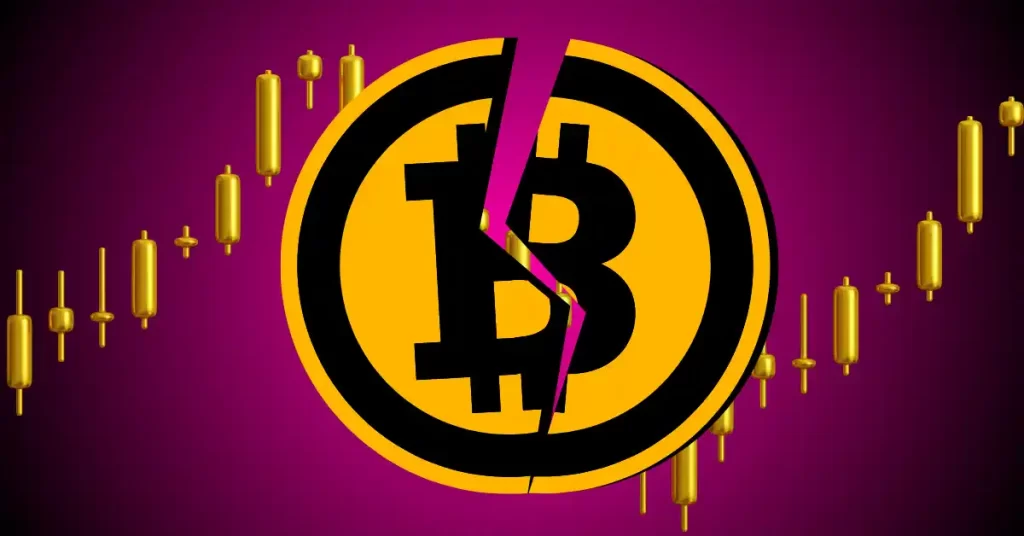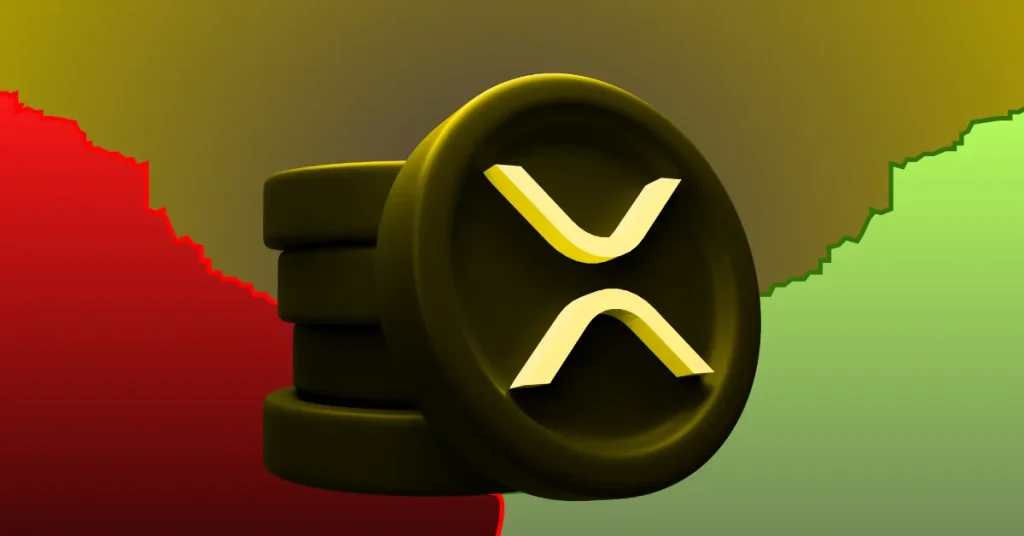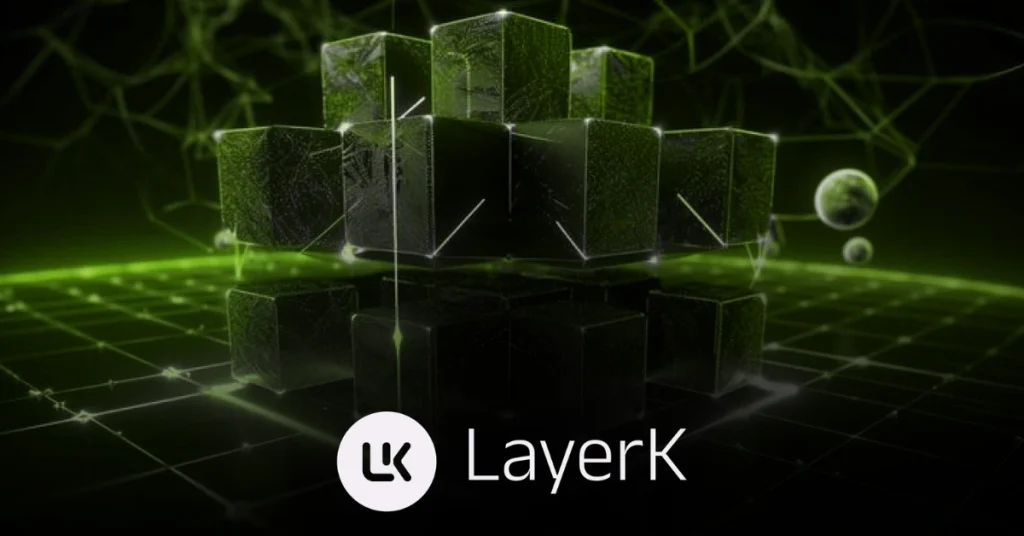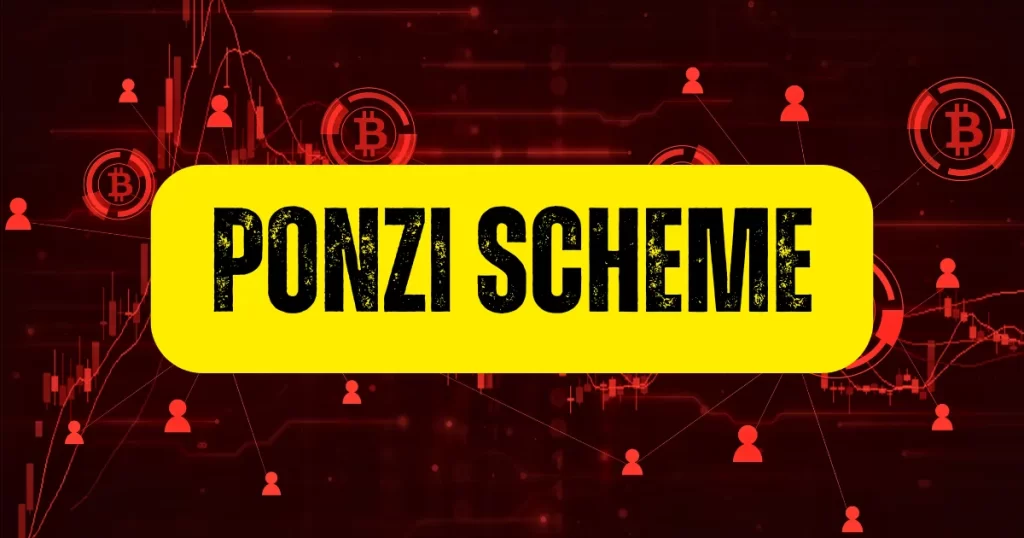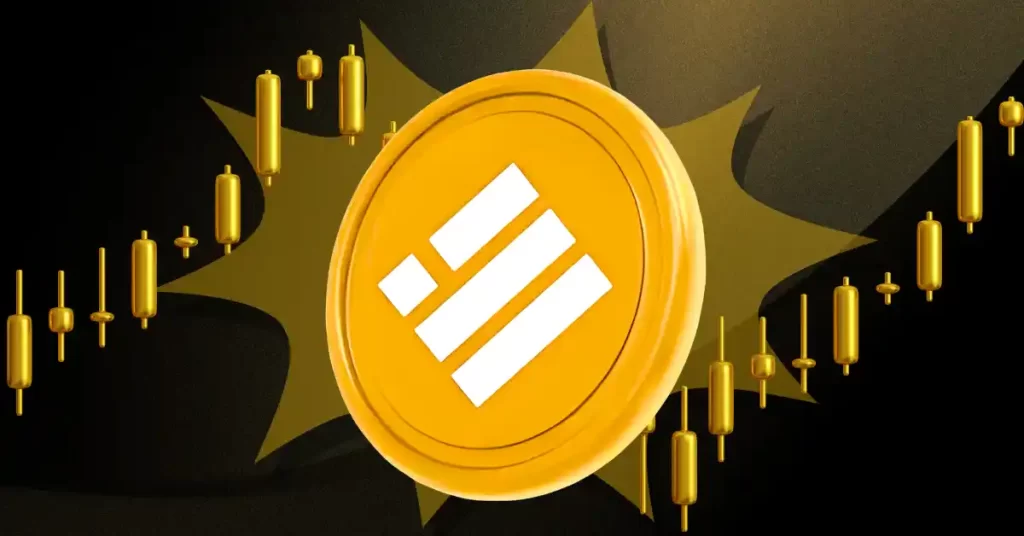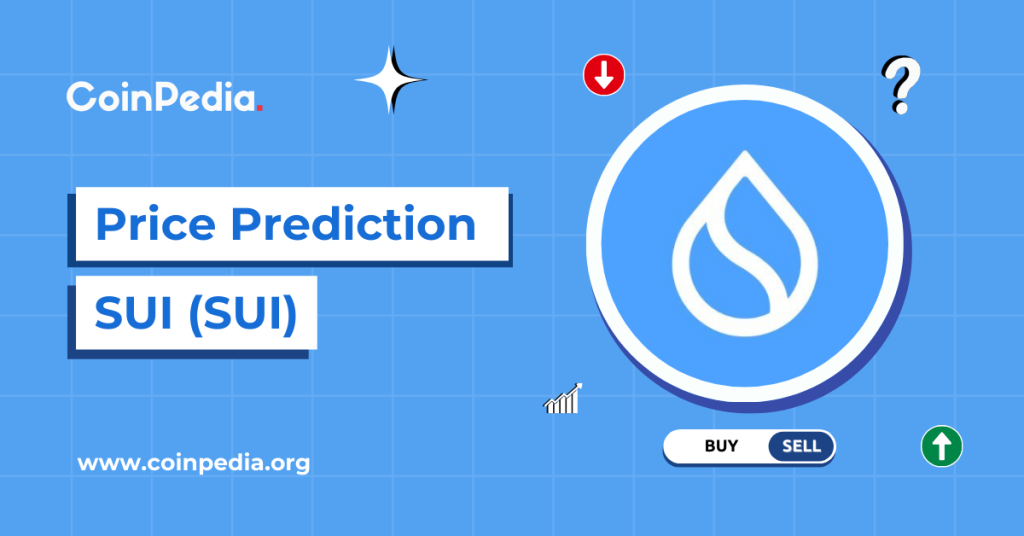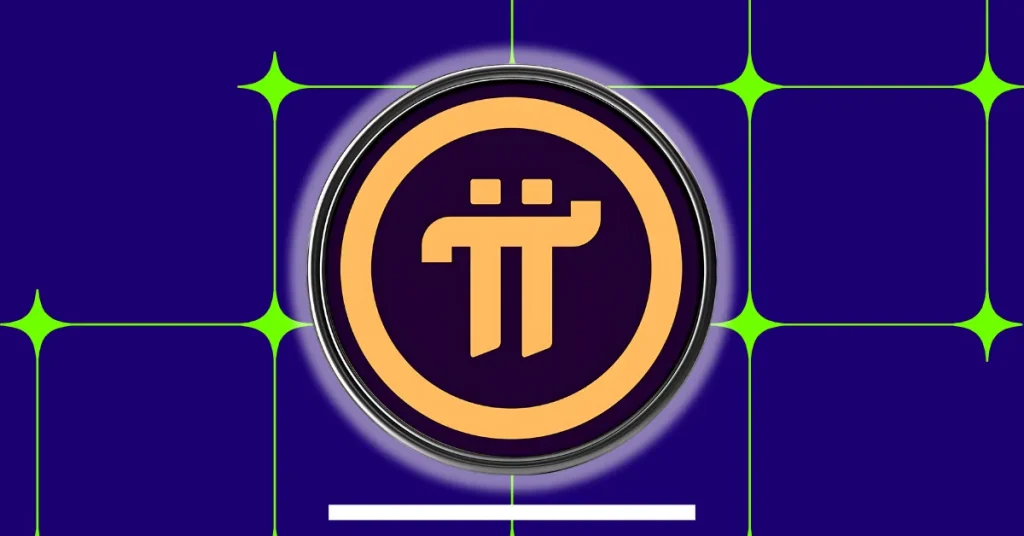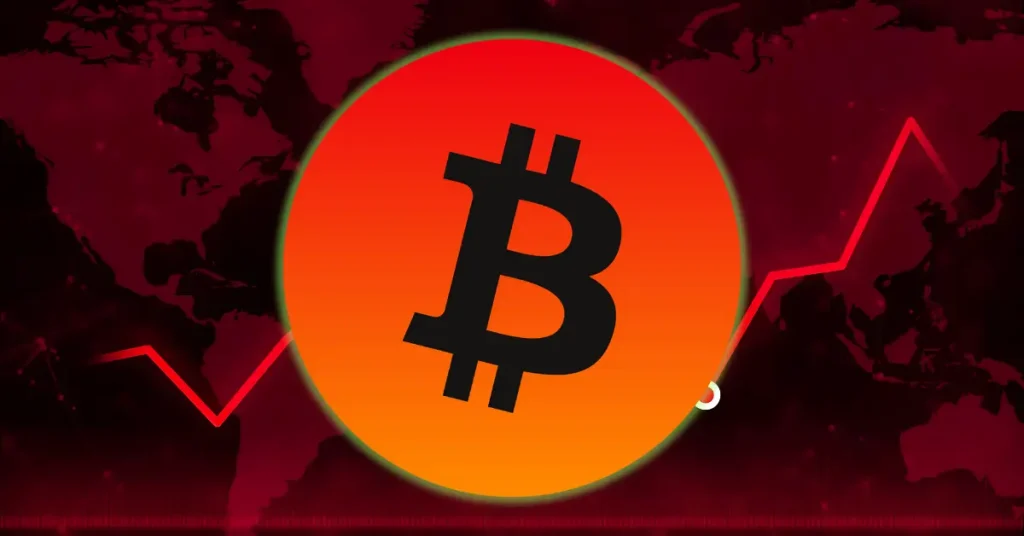April delivered even more validation for Solana’s relentless march forward, as the high-speed blockchain locked in its leading position in decentralized exchange (DEX) activity and made serious strides in staking participation. For the seventh straight month, Solana was the number one chain in terms of monthly DEX trading volume—doing nearly double the volume of Ethereum’s mainnet. Furthermore, Solana’s DEX trading volume is only going to increase, with a variety of DEXes in the Solana ecosystem primed to do a great deal of business this year. Solana was excellent not just in DEX activities. More significantly, staking volume on Solana has now surpassed that of Ethereum, prompting fresh discussions surrounding network security, decentralization, and validator economics. Could staking and the validator set growing as rapidly as Solana’s be signaling a more secure and robust network than Ethereum? Solana’s rise has been placed in stark relief against the backdrop of Ethereum’s overall health. Solana Widens the DEX Gap with Ethereum Across April, the decentralized exchanges on Solana—fueled by trading platforms like Jupiter, Raydium, and Orca—were processing twice as much trading volume as Ethereum’s mainnet. This firmly established Solana as the most actively traded blockchain in the DeFi space. And this wasn’t just a one-off event. Solana’s overall trading activity on DeFi platforms kept steadily gaining on Ethereum’s trading activity during the first three quarters of 2023. But in a twist of recent events, Solana has surpassed Ethereum in DeFi trading activities since the start of Q4 2023. Traders and DeFi users continue to gravitate toward Solana’s user experience. It is true that the speed and low fees of Solana are cited often as big reasons for the network’s high throughput, but for both traders and DeFi users, the experience during times of Ethereum congestion is the real comparator. When gas is crazy, Solana is a decentralized financial superstar. The ecosystem feels these deeper effects. As liquidity, volume, and users flow into Solana’s DEXs, its crypto economy standing rises. Trader choice shows these shifts aren’t a temporary trend: they’re a structural realignment toward DEXs within the Solana ecosystem. Staking Strength and Security: Solana Overtakes Ethereum Surprisingly, Solana has not only dominated trading but has also significantly outperformed Ethereum in staking volume recently. Data from April shows that Solana has indeed overtaken Ethereum in total staking volume, which is a development that carries some serious implications for both security and validator incentives. Solana's Staking Volume Surpasses ETH:Does This Mean Its Security Exceeds Ethereum's? By @0x_Todd The maximum stake of a single ETH node is 32 ETH, while Solana has high requirements for servers, with monthly costs 5-10 times that of ETH. Lido requires nodes to use Amazon's… — Wu Blockchain (@WuBlockchain) May 2, 2025 Historically, Ethereum has stressed decentralization and accessibility in its staking model. The network mandates a cap of 32 ETH that can be staked per validator, which helps ensure a diverse and distributed set of node operators. Moreover, pushes like Lido’s to encourage the use of smaller, non-centralized data center operators serve to highlight Ethereum’s ongoing efforts to avoid both single points of failure and a centralization of control. In contrast, Solana takes a more demanding approach. It requires much greater hardware performance and bandwidth to run a validator on Solana, which in turn makes operating a node five to ten times more expensive than doing so on Ethereum. This is said to be tough on would-be validators and to risk reducing Solana’s accessibility and decentralization by too much—and for too many—validators, especially when could-be validators are already worried about storage issues and the prospect of running a node in a post-Merge Ethereum world. If the concerns raised by Solana’s critics are valid, then these better be tough on validators for good reason. The increasing amount of capital at stake in Solana seems to reflect a burgeoning confidence from both institutional and individual high-net-worth players in the network’s resilience. As ever more SOL gets locked up in staking contracts, the economic security underpinning the chain’s consensus layer grows ever more robust, which ought to make the network that much more resistant to attacks or other kinds of bad behavior. Ethereum vs. Solana: A Shift in the Debate? Ethereum and Solana have been in rivalry for a long time, and this rivalry has been something of a trade-off centered on decentralization versus the performance of the two platforms, on accessibility versus scalability, on a respect for legacy platforms versus a go-forward attitude that seems to be the real engine driving innovation these days. But as Solana begins to seriously outplay Ethereum not only in trading volumes but now also in staking participation, the terms of that debate are shifting. Proponents of Solana assert that these advancements are the start of a much bigger decentralization of blockchain infrastructure. They highlight that since late 2023, the Solana blockchain has exhibited nearly flawless uptime, enabling a growing array of DeFi and NFT applications to function smoothly. They also emphasize that with a far larger and more engaged set of validators, the Solana network stands a much better chance of achieving real decentralization, another hallmark of a viable long-term blockchain. At the same time, Ethereum continues with its cautious, reasoned evolution—favoring decentralization, modularity, and a secure architectural framework that links together a limited number of validators, each serving many diverse types of clients. Supporters of this pathway contend that in the long run, it will serve both Ethereum and its users better—especially under rising regulatory pressure. Nevertheless, Solana’s model seems to be carving a path in the market. April’s numbers are a clear step in that direction. The blockchain has surged ahead in two areas—trading and staking—that not only provide it with revenue but also let it reclaim ground lost to its competitors in the space. There are two key elements to this story. First, as a decentralized exchange, Solana has reached the top in trading. Disclosure: This is not trading or investment advice. Always do your research before buying any cryptocurrency or investing in any services. Follow us on Twitter @nulltxnews to stay updated with the latest Crypto, NFT, AI, Cybersecurity, Distributed Computing, and Metaverse news !



